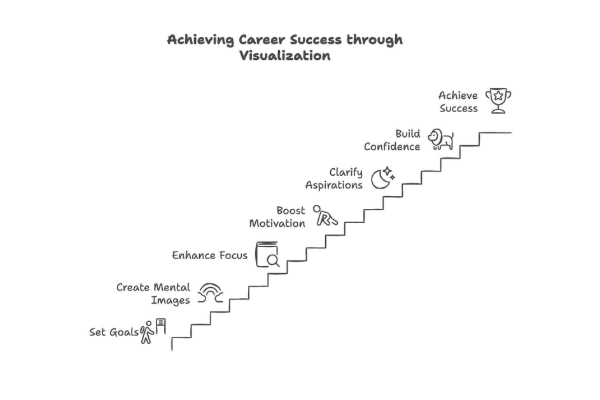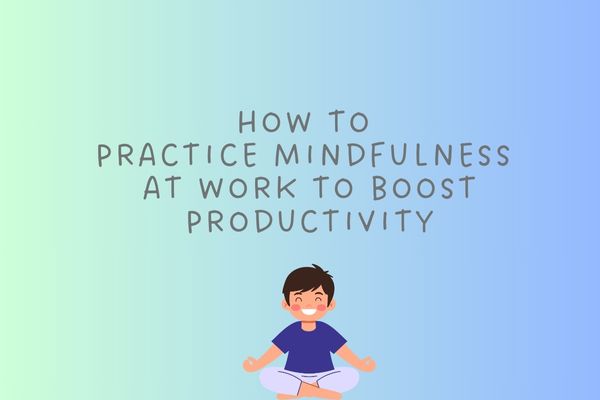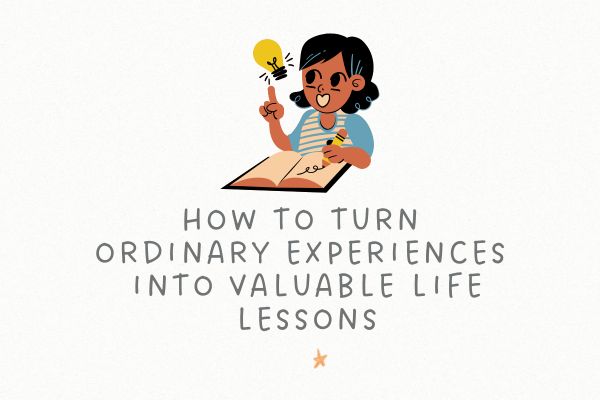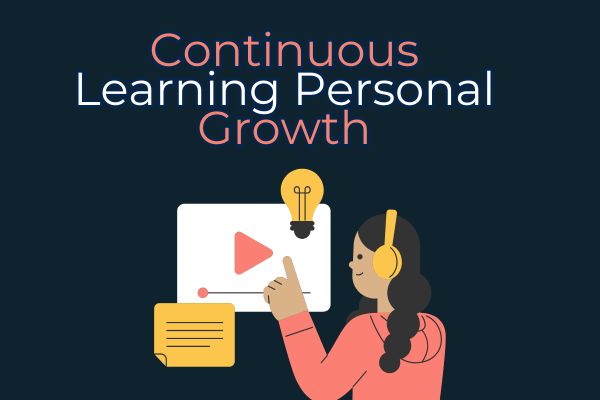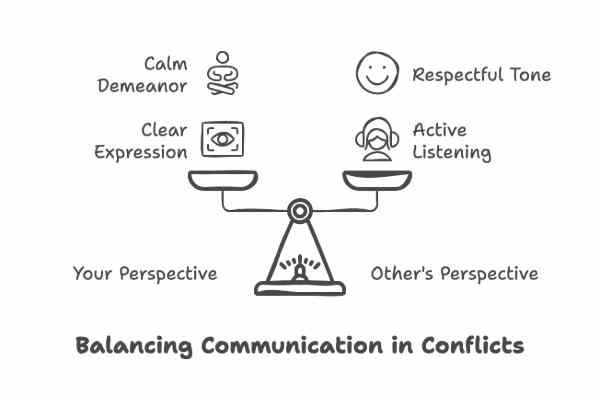Visualization is more than just daydreaming; it’s a powerful mental technique used by successful individuals across various fields to manifest their goals and achieve career success. When practiced effectively, visualization can help align your thoughts, emotions, and actions to pave the way for professional growth and achievements. This article explores how to harness the power of visualization to achieve your career goals.
What Is Visualization?
Visualization is the process of creating mental images or scenarios of your desired outcomes. It involves imagining your future success as if it has already happened. By doing so, you condition your mind to focus on opportunities and solutions that bring those visualized goals to life.
The Science Behind Visualization
Visualization isn’t just pseudoscience or wishful thinking; it has a strong foundation in psychology and neuroscience. Here are some key scientific principles that explain its effectiveness:
- Neuroplasticity: The brain’s ability to form new neural connections means that repeatedly visualizing success can help you rewire your brain to support your goals.
- Mirror Neurons: When you visualize an action, your brain activates as if you were actually performing that action, enhancing motivation and preparation.
- Reticular Activating System (RAS): This brain system filters information and focuses your attention on opportunities aligned with your goals.
Benefits of Visualization in Career Growth
1. Enhanced Focus
Visualization helps you clarify your career goals and keep them at the forefront of your mind, allowing you to prioritize tasks that contribute to your success.
2. Increased Confidence
Imagining yourself succeeding boosts self-confidence and reduces self-doubt, making you more likely to take bold steps in your career.
3. Improved Performance
By mentally rehearsing scenarios such as interviews or presentations, you become better prepared and more likely to excel in real-life situations.
4. Emotional Regulation
Visualization can help you stay calm under pressure by mentally preparing for challenges and setbacks.
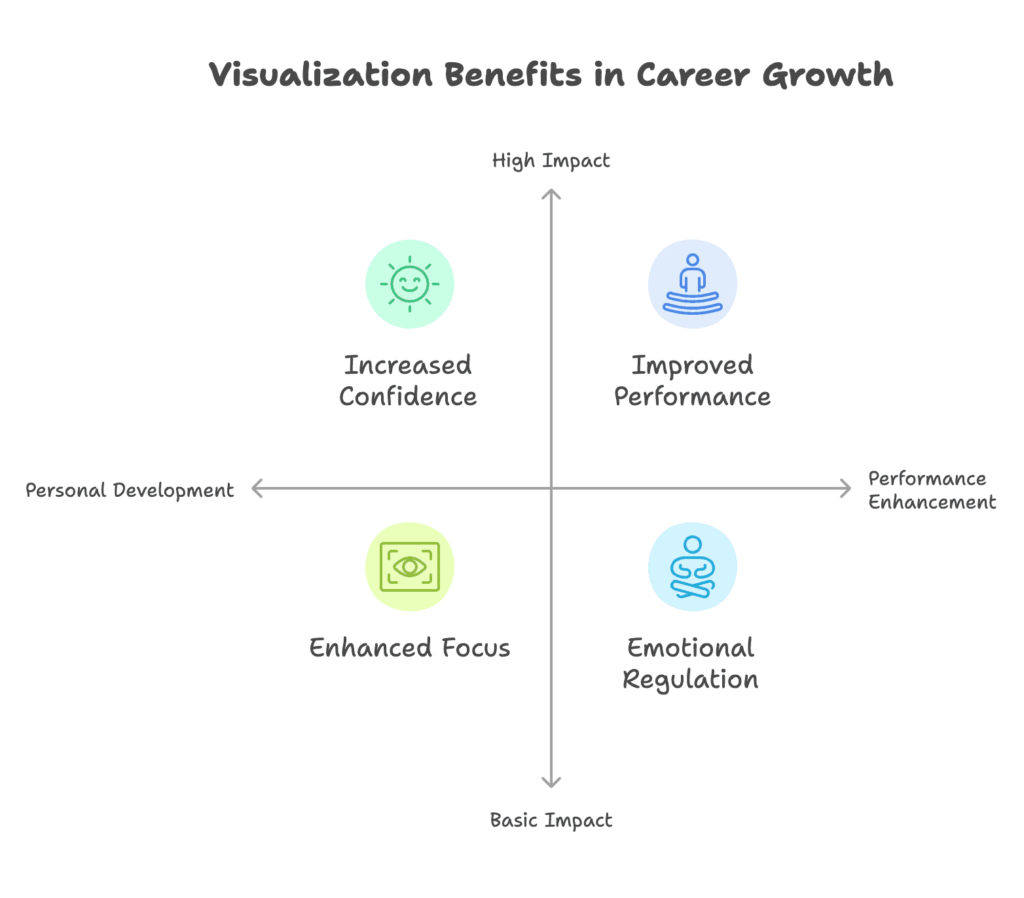
Step-by-Step Guide to Visualization for Career Success
1. Define Your Goals Clearly
Before you start visualizing, have a clear understanding of what you want to achieve. Your goals should be:
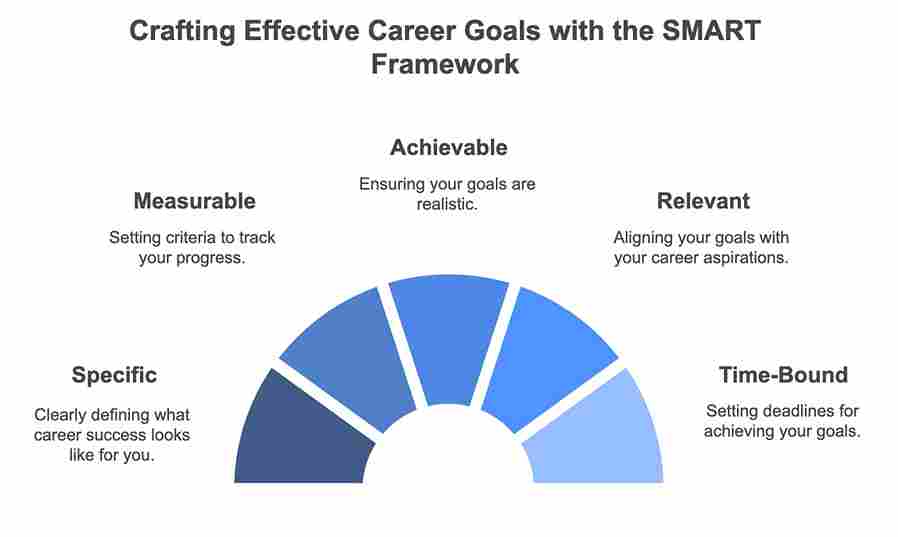
2. Create a Detailed Mental Image
To make your visualization effective, include as many details as possible. For example:
- Imagine yourself sitting in your dream office, describing the environment, people, and tasks.
- Picture yourself successfully completing a major project, receiving accolades from your colleagues or boss.
- Visualize the emotions you feel during these moments—pride, satisfaction, and excitement.
3. Use All Your Senses
Don’t just focus on the visual aspect. Engage all your senses to make the visualization vivid and immersive:
- Sight: Picture the setting, colors, and people.
- Sound: Hear the applause, conversations, or even the sound of your typing.
- Touch: Imagine shaking hands or holding a certificate of achievement.
- Smell: Recall the scent of the office or the coffee you drink.
- Taste: Savor the celebratory meal after your success.
Also check: How to Discover Your True Purpose
4. Practice Consistently
Visualization is most effective when practiced regularly. Dedicate at least 5-10 minutes daily to visualize your career goals. Morning and evening are great times for this practice, as your mind is naturally more receptive during these periods.
5. Combine Visualization with Affirmations
Reinforce your visualization with positive affirmations. For example, repeat phrases like:
- “I am confident and capable of achieving my goals.”
- “Opportunities come to me easily and effortlessly.”
- “I am deserving of career success.”
6. Take Inspired Action
Visualization is a tool to align your mindset, but it must be accompanied by action. Use the clarity and motivation gained from visualization to take concrete steps toward your goals.
Visualization Techniques for Career Success
1. Vision Boards
Create a physical or digital board with images, quotes, and symbols that represent your career aspirations. Place it somewhere visible to keep your goals top of mind.
2. Guided Visualization
Listen to guided meditation or visualization recordings tailored for career success. These sessions often provide prompts and calming music to enhance the experience.
3. Journaling
Write detailed descriptions of your visualizations in a journal. This practice helps reinforce the imagery and makes it more tangible.
4. Mental Rehearsal
Practice specific scenarios, such as job interviews or public speaking engagements. Imagine yourself performing confidently and successfully.
Also check: Unlocking Your Leadership Potential Through Self-Awareness
Common Challenges and How to Overcome Them
1. Difficulty Staying Focused
Solution: Find a quiet space and eliminate distractions. Guided visualization sessions can also help maintain focus.
2. Struggling to Believe in Your Goals
Solution: Start with smaller, more achievable goals to build confidence. As you see progress, your belief in larger goals will strengthen.
3. Inconsistent Practice
Solution: Schedule visualization sessions into your daily routine, just like you would with any important task.
Real-Life Examples of Visualization Leading to Career Success
Michael Phelps
The Olympic swimmer used visualization to mentally rehearse his races. He imagined every stroke, turn, and finish, which contributed to his record-breaking success.
Jim Carrey
Early in his career, Jim Carrey wrote himself a $10 million check for “acting services rendered.” He visualized achieving that level of success, which eventually became a reality.
The Connection Between Visualization and Emotional Intelligence
Visualization enhances emotional intelligence by fostering self-awareness and empathy. When you visualize your goals, you’re not just imagining outcomes; you’re also considering the emotions and relationships involved. This practice can:
- Improve your understanding of how your actions impact others.
- Help you navigate workplace challenges with greater emotional clarity.
Measuring the Impact of Visualization
To assess whether visualization is working for you, track your progress using the following methods:
- Goal Achievement: Are you meeting the milestones you set for yourself?
- Behavioral Changes: Have you noticed an improvement in your confidence, focus, or decision-making?
- Feedback: Are colleagues or mentors recognizing your growth and contributions?
Tips for Sustaining Visualization Practices
1. Stay Flexible
Your goals and priorities may evolve over time. Adjust your visualizations accordingly to stay aligned with your aspirations.
2. Surround Yourself with Positivity
Engage with people, books, and content that inspire and motivate you. A positive environment reinforces your visualization efforts.
3. Celebrate Small Wins
Acknowledge and celebrate the progress you make along the way. This builds momentum and keeps you motivated.
Conclusion
Visualization is a powerful tool for achieving career success. By creating a clear mental image of your goals, engaging your senses, and combining visualization with action, you can unlock new opportunities and achieve your professional aspirations. The journey requires consistency and belief, but the results are well worth the effort. Start today, and watch as your career takes shape in ways you’ve always imagined.
